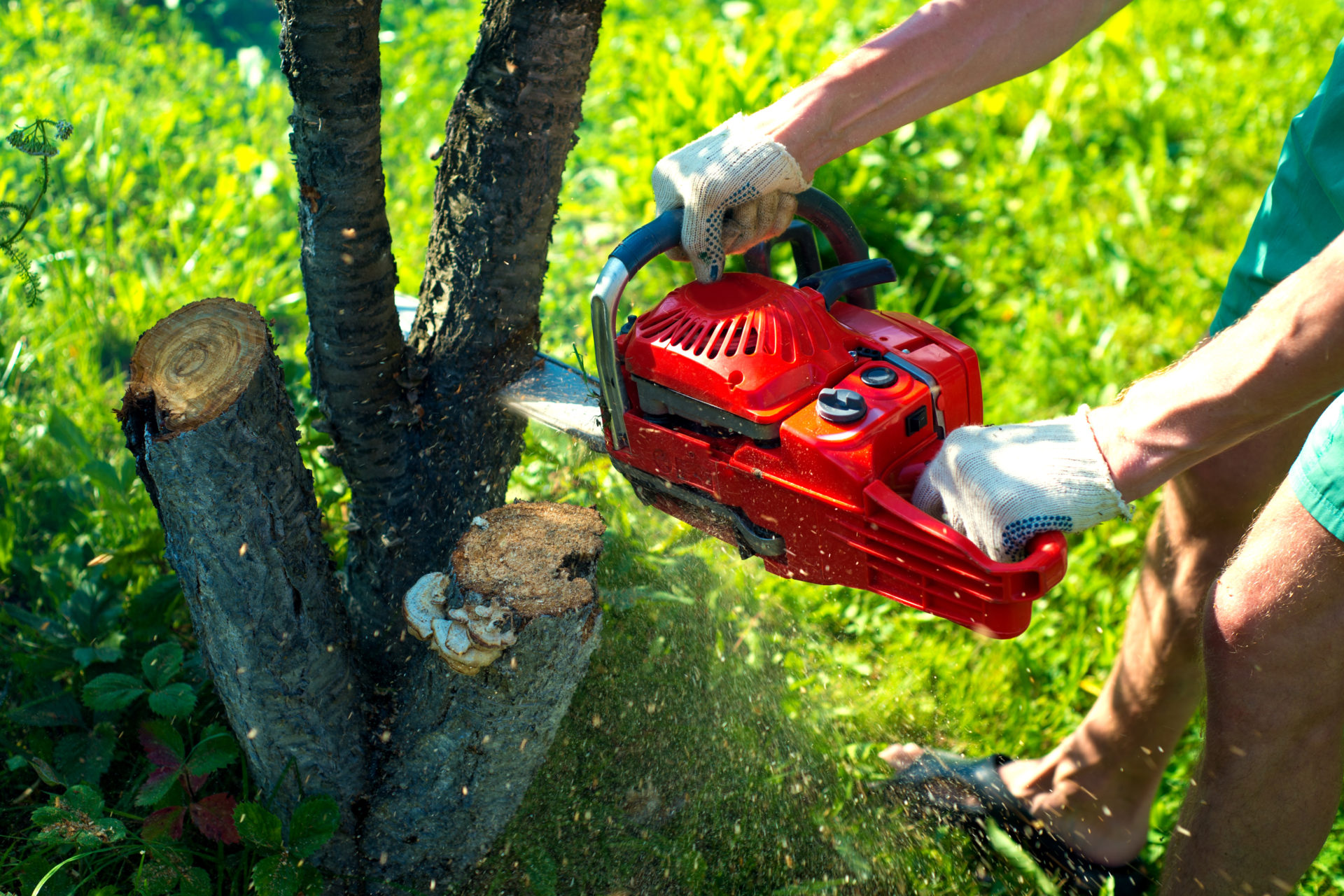
Maintaining a pristine yard is a goal for many homeowners, but achieving that goal involves more than just mowing the lawn and planting flowers. One critical aspect of yard maintenance is brush removal. Brush, which includes shrubs, undergrowth, and small trees, can accumulate over time and lead to various issues if not managed properly. This article delves into the importance of brush removal for your yard, highlighting the benefits for aesthetics, safety, and environmental health.
1. Enhancing Aesthetic Appeal
One of the primary reasons homeowners invest time and effort into yard maintenance is to enhance the aesthetic appeal of their property. Overgrown brush can detract from the beauty of your yard, making it look untidy and unkempt. Regular brush removal ensures that your yard looks well-maintained and inviting.
- Improved Visual Appeal: Removing unsightly brush and undergrowth can significantly improve the overall appearance of your yard. Clean, open spaces with well-kept plants and trees create a more attractive and pleasing environment.
- Increased Property Value: A well-maintained yard can increase the curb appeal and value of your property. Potential buyers are more likely to be attracted to a home with a beautifully landscaped yard free of overgrown brush.
2. Preventing Pest Infestations
Brush and dense vegetation can create a perfect habitat for pests such as rodents, insects, and snakes. These unwanted visitors can cause damage to your property and pose health risks to your family.
- Reduced Pest Habitat: By removing brush, you eliminate potential nesting sites for pests. This helps in controlling their population and reducing the likelihood of infestations.
- Protecting Plants: Pests that inhabit brush can spread to your garden plants, causing damage and disease. Keeping your yard clear of brush helps protect your ornamental and edible plants.
3. Mitigating Fire Hazards
In regions prone to wildfires, brush removal is a crucial step in reducing the risk of fire spreading to your property. Overgrown vegetation can act as fuel for fires, making them more difficult to control.
- Firebreak Creation: Removing brush creates firebreaks, which are gaps in vegetation that can slow down or stop the spread of wildfires. This can provide valuable time for firefighting efforts and protect your home.
- Lower Fire Risk: Regularly clearing brush reduces the amount of combustible material in your yard, thereby lowering the risk of a fire starting and spreading.
4. Promoting Healthy Plant Growth
Overgrown brush can compete with desirable plants for resources such as sunlight, water, and nutrients. This competition can hinder the growth and health of your plants.
- Improved Sunlight Exposure: Removing brush allows more sunlight to reach your grass, flowers, and shrubs, promoting healthier and more vigorous growth.
- Enhanced Air Circulation: Clearing dense vegetation improves air circulation in your yard, reducing the likelihood of fungal diseases that thrive in damp, stagnant environments.
5. Facilitating Yard Maintenance
A yard free of brush is easier to maintain and can save you time and effort in the long run.
- Easier Lawn Care: Mowing, trimming, and other yard maintenance tasks are simpler and more efficient when you don’t have to navigate around dense brush and overgrowth.
- Clear Pathways: Removing brush ensures that walkways, driveways, and other pathways remain clear and accessible, enhancing the usability of your outdoor space.
6. Encouraging Wildlife Diversity
While dense brush can attract pests, it can also discourage beneficial wildlife. By managing the vegetation in your yard, you can create a more balanced ecosystem that supports a variety of species.
- Habitat for Beneficial Insects: Clearing brush can encourage the presence of pollinators and other beneficial insects that support plant health and biodiversity.
- Attracting Birds and Small Mammals: A well-maintained yard with a variety of plants and open spaces can attract birds and small mammals, adding to the natural beauty and ecological health of your property.
7. Supporting Environmental Sustainability
Proper brush removal can contribute to the sustainability of your yard and the broader environment.
- Reduced Soil Erosion: Overgrown brush can lead to soil erosion, especially on slopes. By removing excess vegetation and replacing it with ground cover or mulch, you can stabilize the soil and prevent erosion.
- Enhanced Water Management: Clearing brush can improve water infiltration and reduce runoff, promoting better water management in your yard and reducing the risk of flooding.
Best Practices for Brush Removal
To maximize the benefits of brush removal, it is important to follow best practices and use appropriate techniques.
- Regular Maintenance: Make brush removal a regular part of your yard maintenance routine. This prevents overgrowth and makes the task more manageable.
- Proper Tools and Equipment: Use the right tools, such as pruners, saws, and brush cutters, to effectively remove brush without damaging desirable plants.
- Disposal Methods: Dispose of removed brush properly. Composting, chipping, or hauling away debris are effective methods to ensure that the removed vegetation does not become a new problem.
- Hiring Professionals: For large or challenging brush removal projects, consider hiring professional services. They have the expertise and equipment to handle the job efficiently and safely.
Conclusion
Brush removal is a vital aspect of yard maintenance that offers numerous benefits. By keeping your yard free of overgrown vegetation, you can enhance its aesthetic appeal, prevent pest infestations, mitigate fire hazards, promote healthy plant growth, and support environmental sustainability. Regular brush removal not only improves the look and functionality of your yard but also contributes to the overall health and safety of your property. Prioritize this essential task to enjoy a beautiful, well-maintained, and thriving outdoor space.